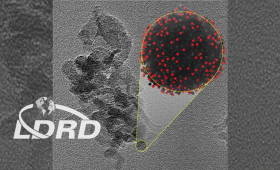Science and Technology
in the News
Science and Technology
in the News
News Center

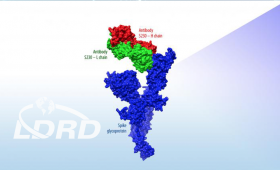
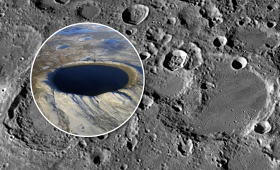
Collisions are all around us. Analyzing them can help us understand such phenomena as the flight of a golf ball when it’s hit by a club, or the behavior of the particles that form matter.

Objects move and halt when forces are applied. Mass, velocity, and time define the physical quantities of impulse and momentum. Understanding them is crucial to designing safer products like cars, shoes, sports equipment.
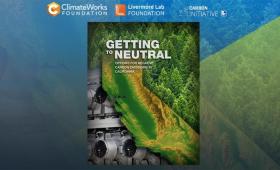

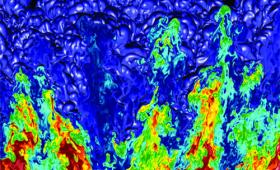
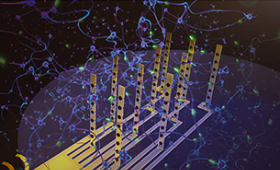
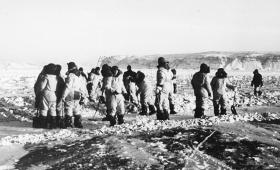
On Jan. 21, 1968, an aircraft accident involving a United States Air Force B-52 bomber occurred near Thule Air Base in the Danish territory of Greenland.
